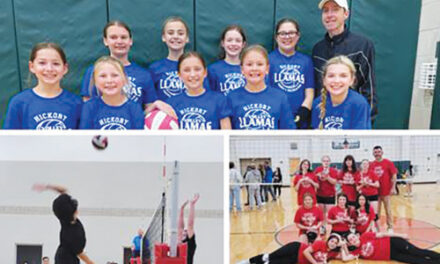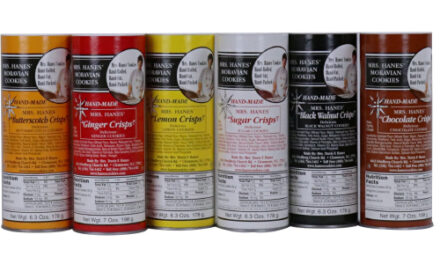By Melinda Myers
 Once your holiday celebrations have passed and the decorations go back into storage, it is time to deal with your real Christmas tree. Don’t drag it to the curb to be hauled away by the trash collectors. Give it a second, even third life, in your landscape. No live Christmas tree? Don’t worry! I’m sure your friends and neighbors will share theirs.
Once your holiday celebrations have passed and the decorations go back into storage, it is time to deal with your real Christmas tree. Don’t drag it to the curb to be hauled away by the trash collectors. Give it a second, even third life, in your landscape. No live Christmas tree? Don’t worry! I’m sure your friends and neighbors will share theirs.
Start recycling all those needles that landed on the floor. Sweep them up and use them as mulch in the garden. Place them directly on the soil around your plants. And don’t worry, they will not make the soil too acidic. In fact, as they breakdown they will add organic matter to the soil.
Move your cut Christmas tree outdoors after the holidays. Use it as a windbreak or for added shade to prevent drying of tender evergreens. Strategically place your discarded tree on the windward side of rhododendron, boxwood, and needled or broadleaf evergreens subject to winter burn. Place it on the south side of these plants to shade them from the drying winter sun.
Or set the tree in the landscape for a bit of added greenery. Secure it in place using stakes and guy wires. Then add a bit of food for your feathered visitors. Decorate the trees with fruits, berries, and seeds the birds can enjoy. Hang strands of cranberries and slices of oranges on colorful yarn and homemade bird ornaments to complete the edible display. The birds will enjoy the added food and shelter and you will enjoy watching these visitors to your landscape.
Then save the tree for trellising beans and peas in the garden. The vines will grow up and over, masking the bare tree branches. Growing vertically saves space and makes harvesting easier.
Consider chipping and shredding your tree into mulch around trees and shrubs or for pathways in the landscape. No chipper? You and your neighbors may want to join forces and share the cost of renting a chipper. Shred discarded Christmas trees and other prunings for use as mulch in your landscapes.
And, if this is not possible, check for recycling resources in your community. Many municipalities have special pickups for Christmas trees. These are chipped, shredded and made available for citizens to use in their landscapes.
Always check on any alerts of live Christmas trees and greens shipped in from other regions of the country. These may contain pests that can infest your landscape or harm native plantings and local Christmas tree farms in your area. The Department of Natural Resources or your local Extension Office should have information on any such threats. They can provide information on proper disposal.
And once you discover the value of this free resource, you may find yourself collecting a few more from neighbors who buy locally grown trees. Although, if your family is like mine, they may ask that you wait until dark to drag your treasures back home.
Melinda Myers has written numerous books, including Small Space Gardening. She hosts The Great Courses “How to Grow Anything” DVD series and the nationally-syndicated Melinda’s Garden Moment TV & radio program. Myers is a columnist and contributing editor for Birds & Blooms magazine and her web site is www.MelindaMyers.com.









